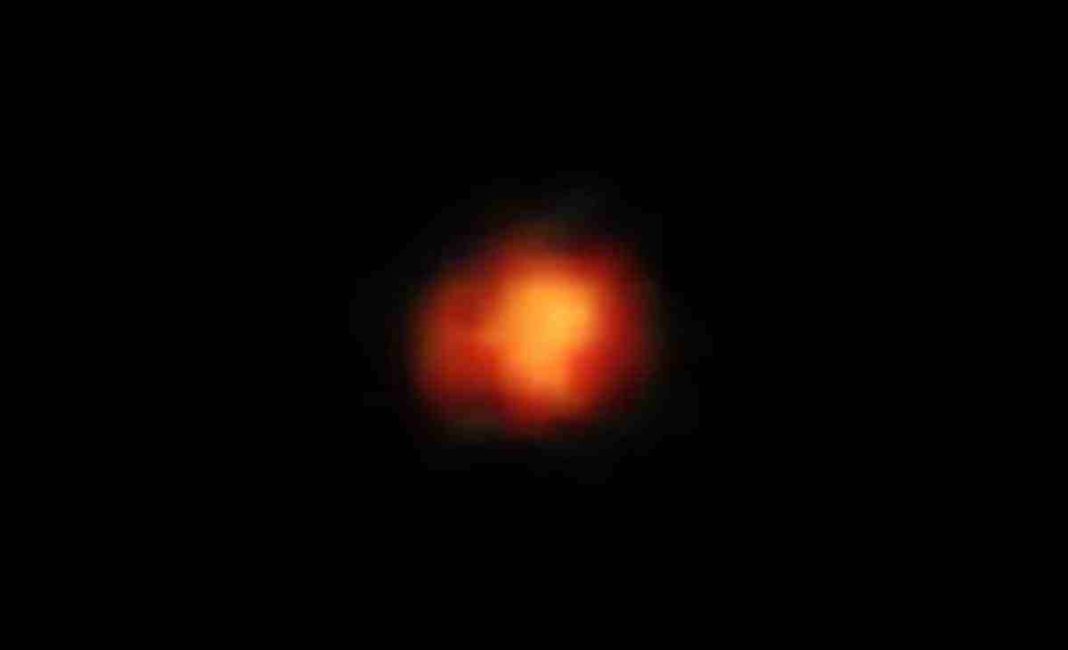UNITED STATES: a cosmic revelation has just dazzled astronomers and space enthusiasts alike. It’s official—meet “Maisie’s Galaxy,” a name as enchanting as the story it tells. This starry wonder has swept onto the scene as one of the earliest galaxies known to humankind, all thanks to the magic of the James Webb Space Telescope (JWST).
Maisie’s galaxy took shape around 390 million years after the monumental Big Bang. To put it in perspective, our universe, that vast cosmic playground, has been around for a whopping 13.77 billion years.
The galaxy earned its poetic name from a personal touch. Steven Finkelstein, a cosmic detective from the University of Texas at Austin, is the brain behind the discovery. It’s a tribute to his own daughter, Maisie. A galaxy with a name that holds a family story.
A snapshot of Maisie’s Galaxy was captured during the Cosmic Evolution Early Release Science Survey (CEERS) back in June 2022. Recently, the excitement reached new heights as scientists officially confirmed that this celestial wonder ranks among the earliest galaxies ever spotted.
But here’s where the plot thickens and the heart of the discovery shines through. Maisie’s Galaxy isn’t just another blip on the cosmic radar its a game-changer. It’s the first time a far-off galaxy singled out by the JWST has been given the full spotlight.
Dr. Pablo Arrabal Haro, a real-deal star chaser and postdoctoral research whiz at the National Optical-Infrared Astronomy Research Laboratory, spearheaded the analysis that sealed the deal on Maisie’s Galaxy’s cosmic creds.
The CEERS squad isn’t stopping here. They’re on a mission, scouting around 10 other galaxies that could give even Maisie’s Galaxy a run for its money in the ancient history department.
Pinning down the birthdate of galaxies from the universe’s awkward teenage years isn’t a piece of cosmic cake. Why? Because the universe is like a speedy runner on a marathon—always stretching farther and farther away from us.
Imagine your friend waving from a moving car; they seem to drift farther, right? Galaxies do the same thing. So, scientists use a trick: redshift. It’s like measuring how much a galaxy’s color has shifted due to its speedy getaway from us.
Maisie’s Galaxy isn’t just a number in a textbook; it’s a vibrant part of an ever-expanding story. In a universe where mysteries lurk in every corner, this discovery isn’t just a feather in humanity’s cosmic cap. It’s an invitation to keep gazing upward, asking questions, and letting our imaginations soar as we unlock the ancient secrets of the universe, one galaxy at a time.
Also Read: JWST Detects Rare Neutron Star Collision, Forging of Heavy Elements



